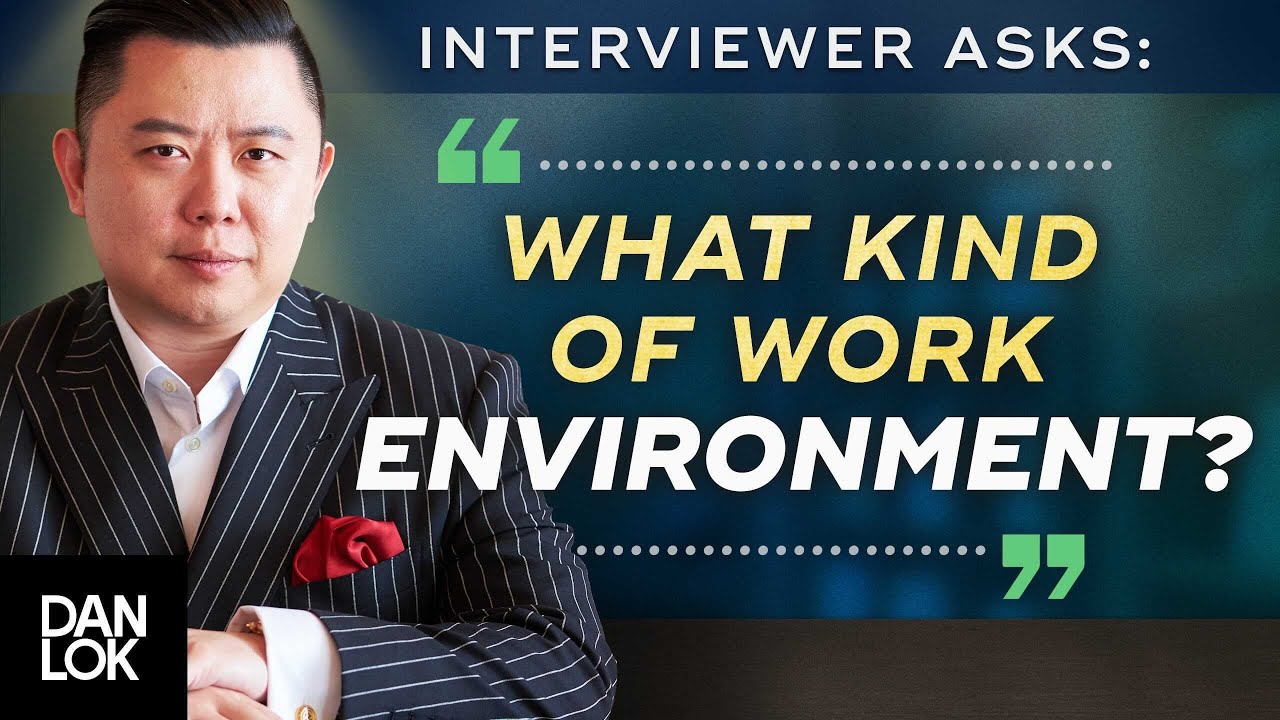Your ideal work environment is a place that fosters creativity, collaboration, and growth. Picture a vibrant space where ideas flow freely, and colleagues support and inspire one another. This dynamic setting encourages innovation and allows individuals to thrive. Imagine a workplace where open communication is valued, and diverse perspectives are celebrated. Here, teamwork is not just a buzzword, but a fundamental aspect of daily operations. In your ideal work environment, flexibility is key. You envision a setting that embraces a healthy work-life balance, offering the opportunity to pursue personal passions alongside professional goals. Whether it’s a relaxed dress code, flexible hours, or remote work options, this adaptable environment understands that happy employees are the most productive. It values individual well-being, encouraging self-care and providing resources for personal development. Furthermore, your ideal work environment prioritizes learning and growth. You crave an intellectually stimulating atmosphere where new challenges are embraced, and continuous learning is encouraged. This fosters a sense of empowerment and motivates you to push your boundaries, both personally and professionally. Ultimately, your ideal work environment is a place where you can be passionate about what you do, surrounded by like-minded individuals who share your drive and enthusiasm. It’s a space that fuels your ambition, allowing you to thrive and make a meaningful impact.

My Ideal Work Environment
| Aspect | Description |
|---|---|
| Physical Space | A spacious, well-lit office with ergonomic furniture and adequate ventilation. Access to natural light and greenery helps foster a productive and calming atmosphere. |
| Noise Level | A controlled noise level that strikes a balance between a bustling atmosphere for collaboration and quiet zones for focused work. Minimal distractions ensure optimal concentration. |
| Flexible Schedule | The freedom to have a flexible work schedule that allows for a healthy work-life balance. The ability to choose when and where to work promotes efficiency and reduces stress. |
| Collaboration Opportunities | An environment that encourages collaboration through well-designed communal spaces and regular team-building activities. Open communication channels foster innovation and teamwork. |
| Supportive Culture | A supportive and inclusive work culture that values diversity, encourages personal growth, and provides opportunities for professional development. Recognition and rewards for achievements motivate employees and boost morale. |
| Technological Resources | Access to state-of-the-art technology and tools that streamline workflows and enhance productivity. A reliable IT infrastructure ensures minimal downtime and efficient communication. |
| Workplace Wellness | An emphasis on employee well-being, with wellness programs, access to fitness facilities, and mental health support. Encouraging a healthy lifestyle leads to happier and more engaged employees. |
Title: Unveiling Your Ideal Work Habitat
The Importance of a Positive Work Environment
Creating the ideal work environment is crucial for both employers and employees. A positive work environment not only enhances productivity and job satisfaction, but it also promotes employee well-being and mental health. By establishing an ideal work environment, employers can foster a culture of collaboration, creativity, and growth, ultimately leading to increased success for the organization as a whole.
The Characteristics of an Ideal Work Environment
While the ideal work environment may vary depending on individual preferences and industry, there are several common characteristics that contribute to its effectiveness:
1. Open and Transparent Communication
Effective communication is the foundation of a healthy work environment. It is important for employees to feel comfortable expressing their ideas, concerns, and feedback without fear of judgment or retaliation. Employers should foster an open-door policy, encouraging regular and transparent communication between team members and management. This not only facilitates collaboration but also builds trust and strengthens relationships within the organization.
2. Flexibility and Work-Life Balance
In today’s fast-paced world, achieving a healthy work-life balance is essential. An ideal work environment allows employees to have flexibility in their schedules, enabling them to manage personal responsibilities alongside their professional duties. This flexibility could include options for remote work, flexible hours, or compressed workweeks. By promoting work-life balance, employers can enhance employee satisfaction, reduce stress levels, and increase overall productivity.
3. Supportive and Collaborative Culture
A supportive and collaborative culture is key to fostering a positive work environment. Employers should encourage teamwork, cooperation, and mutual respect among employees. This can be achieved through team-building activities, cross-functional projects, and creating a culture that celebrates diversity and inclusion. When employees feel supported and valued, they are more likely to be engaged, motivated, and satisfied with their work.
4. Comfortable Physical Environment
The physical environment plays a significant role in shaping the overall work experience. An ideal work environment should provide a comfortable and ergonomic workspace that promotes productivity and well-being. This includes factors such as proper lighting, comfortable furniture, adequate ventilation, and access to natural elements like plants. By prioritizing the physical well-being of employees, employers can help reduce stress levels and improve focus and creativity.
5. Opportunities for Growth and Development
Employees thrive in an environment that offers opportunities for growth and development. Employers should provide regular training programs, mentorship opportunities, and clear career paths for their employees. This not only helps individuals enhance their skills and knowledge but also demonstrates the organization’s commitment to their professional growth. By investing in employee development, employers can foster a culture of continuous learning, innovation, and advancement.
In Conclusion
Creating an ideal work environment is essential for both employers and employees. By prioritizing open and transparent communication, flexibility, a supportive culture, a comfortable physical environment, and opportunities for growth and development, employers can cultivate a positive and productive workplace. Ultimately, a well-designed work environment leads to increased job satisfaction, improved mental health, and enhanced organizational success.

